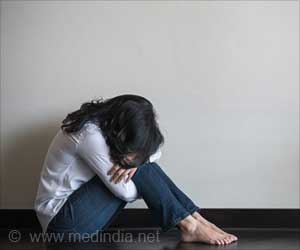The teenage years are a time of emotional highs and lows, so it is often difficult to distinguish whether a child is in a bad mood or under depression.
Experts have come up with some ways to help in identifying and distinguishing mood swings and depression in adolescents.
Depressive symptoms often start appearing around age 13, and increases between 16 and 24 years of age. Yet depression can be difficult to diagnose in young people, because symptoms seldom involve mood alone.A new study showed that less than half of teen patients suffered from depressive symptoms and were more likely to experience mood swings including agitation, anxiety, attention difficulties, or defiant behaviors.
Dr. Michael Miller, editor in chief of the Harvard Mental Health Letter suggested that severity of changes in mood, behaviours, feelings and thoughts would help in distinguishing the two. The more pronounced the symptoms are the more likely that the problem is depression and not a passing mood.
Any deterioration in behaviour or mood that lasts two weeks or longer, without a break may indicate depression.
Moreover, problems in several areas of a teen's functioning at home, in school, and in interactions with friends may also indicate depression.
Source-ANI
RAS/L















